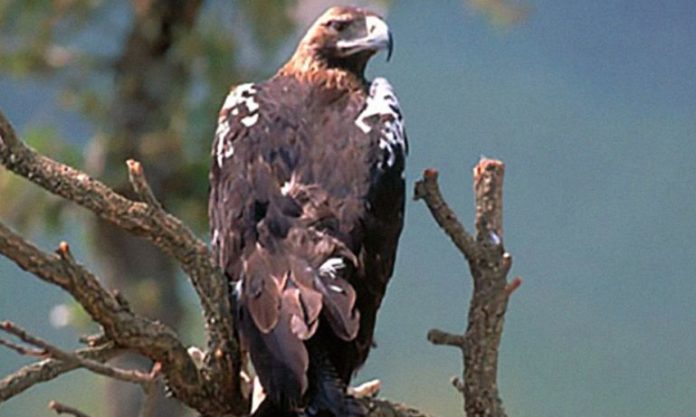Researchers once again have shown that Neanderthals used the claws of birds of prey for ritual purposes. Scientists have found in northeastern Spain, the bones of Spanish burial grounds that lived more than 39,000 years ago. Judging by the marks on the bones, the claws were removed from the legs of the birds. It is likely that Neanderthals made pendants or earrings from them, which showed the status of the person who wore them, or his belonging to a certain group.
Archaeologists believe that the personal decorations of ancient people, such as beads or pendants, had symbolic value or showed its belonging to a group. Humans of the modern species made beads from sea shells as early as 75-100 thousand years ago, when they lived in Africa and the Levant. Neanderthals made similar ornaments even earlier – anthropologists found in southeastern Spain seashells, which 115-120 thousand years ago were painted in different colours and holes were drilled in them.
In addition to seashells, Neanderthals used the claws of birds of prey for decorations. Scientists found 23 phalanxes of birds in ten places in southern Europe, which were processed 42-130 thousand years ago. Most likely, they were used for some ritual purposes. This is evidenced by marks on the bones, unlike those that people would do when cutting carcasses; feet of birds were not nutritious and it is unlikely that people would eat them; in some places where claws were found, birds of prey were rare, therefore, most likely, they were specially hunted.
Scientists from Spain, France and Canada, led by Antonio Rodríguez-Hidalgo of Barcelona University, have found another place where bird claw ornaments have been preserved. They found the remains of a Spanish cemetery (Aquila adalberti) in the Cave of Foradad in the north-east of Spain, this bird of prey is found only on the Iberian Peninsula.
Since 1999, since the beginning of excavations in Cova Foradada, archaeologists have found several layers in it, which preserved artifacts of Chatelperon culture (it existed 36-44.5 thousand years ago in the center and southeast of France and northern Spain). According to the researchers, they were made by Neanderthals. In addition to artifacts, in one of the layers that formed over 39 thousand years ago, fossils of mammals and birds, including 12 leg bones and claws of large birds of prey, have been preserved. Most of them belonged to Spanish burial grounds. And seven of these bones were the phalanges of the fingers.
Scientists analyzed the bird bones and noticed marks from stone tools on them. According to the shape and depth of the marks, the scientists concluded that they were made by the human, not by any other animals, and they did not form by chance. And most likely, Neanderthals did not cut the burial ground for food but removed their claws from their legs. The experiments conducted by another group of researchers showed that similar marks remained when the claws were removed from the legs of the bird.
The authors suggest that Neanderthals hunted Spanish burial grounds because of their claws. This hypothesis is supported by the fact that most often among the fossils came across the phalanx of the fingers, and as well as the bones of other predators were rarely found in the cave. In addition, there were no signs on the bones that they were cut to eat: they were not burned or broken, and there were no teeth marks on them.
According to researchers, people used claws for ritual purposes. They were worn like pendants around the neck, made earrings from them or used in a different way, in the form that now has no analogues. Judging from the fact that the fossils of the birds of prey, from which the claws were apparently removed, were also found in other places in southern Europe, it was an established tradition among Neanderthals living in the region.
